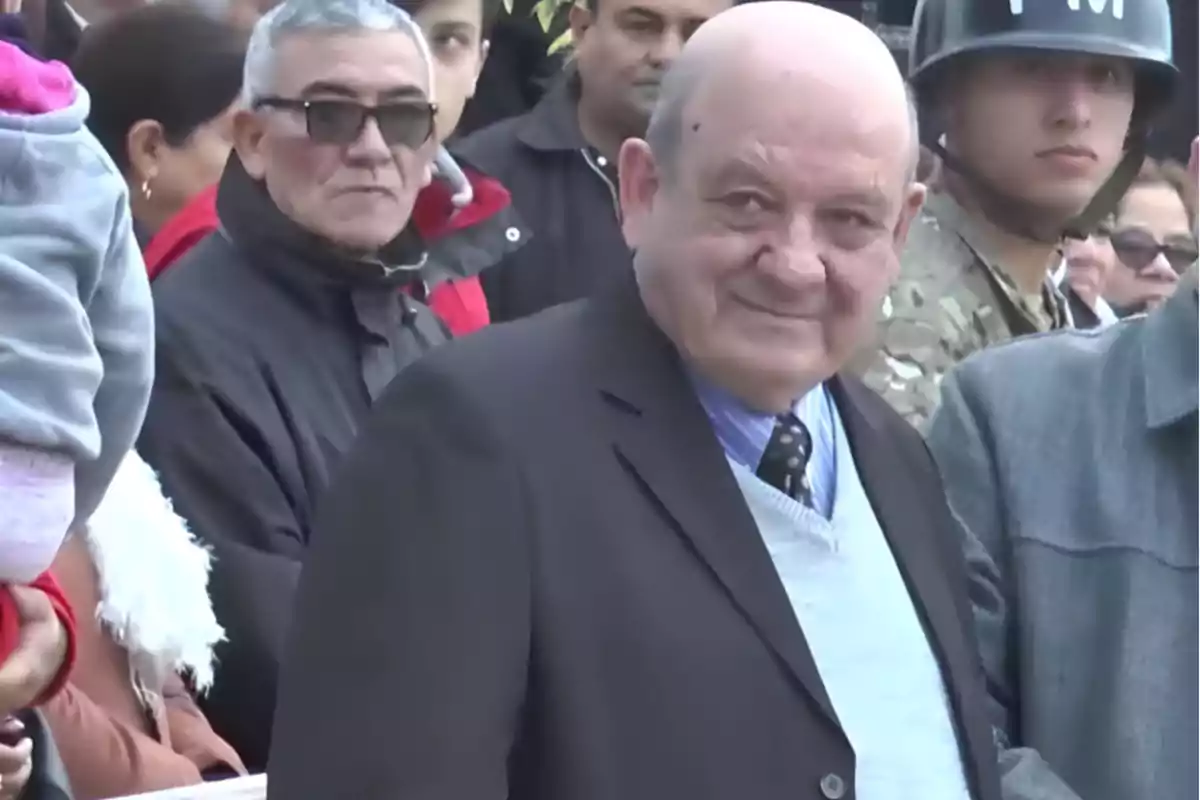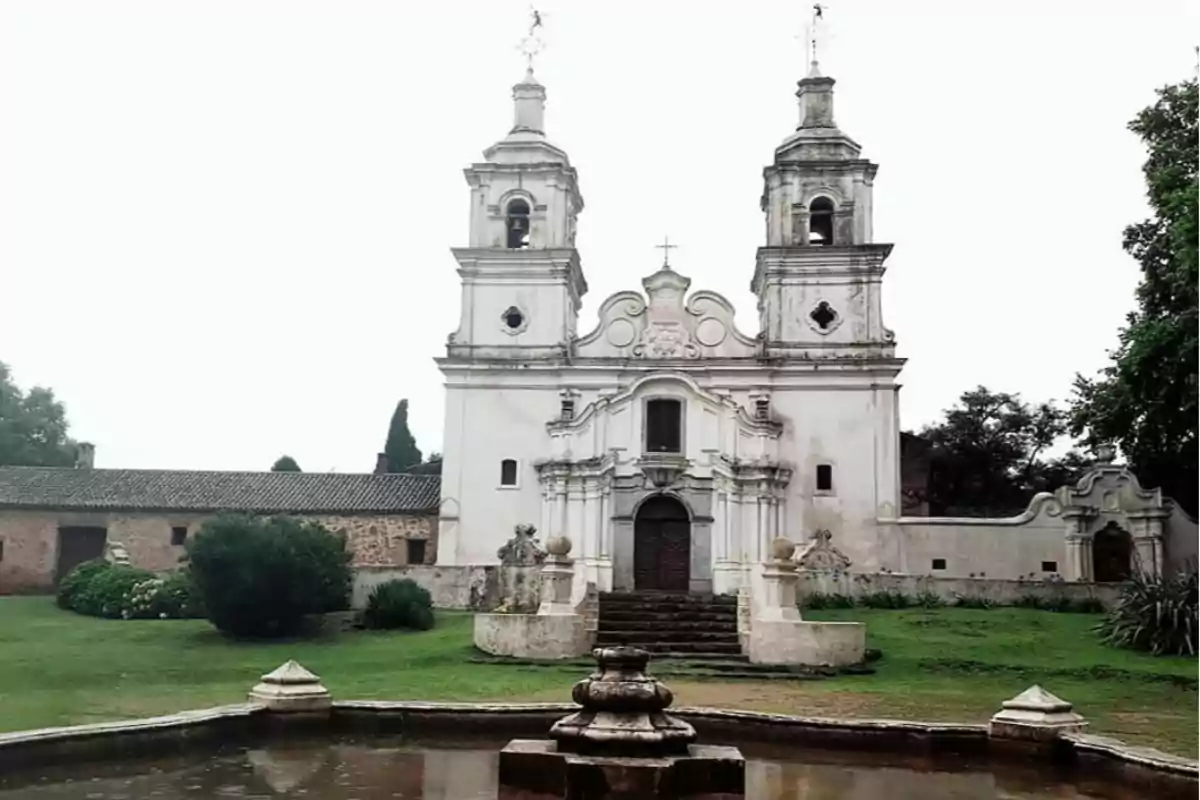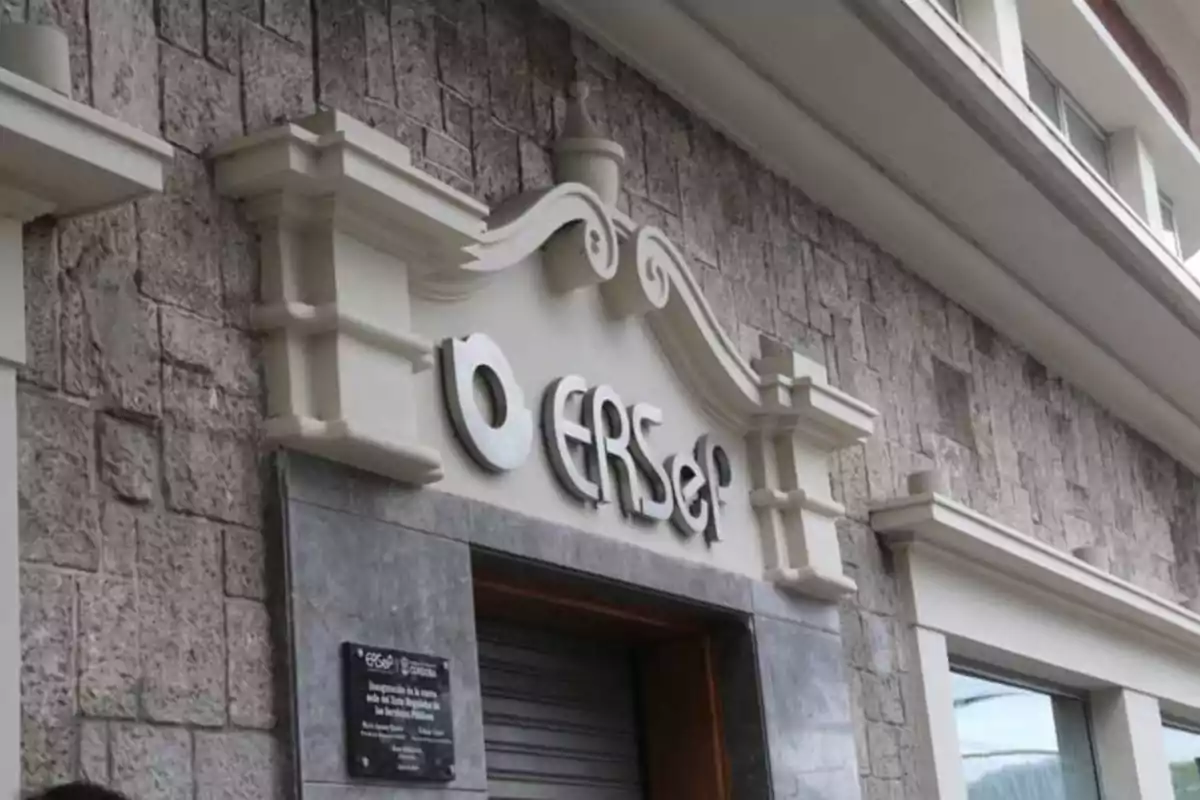
Río Cuarto: former mayor of Santa Catalina to be tried for land usurpation
The Federal Prosecutor's Office accuses Miguel 'Minino' Negro and Oscar Alaniz of instigating the occupation and subdivision of a railway property
Rodolfo Cabanillas, acting federal prosecutor, requested an oral trial against Miguel Ángel Negro, former mayor of Santa Catalina, Córdoba,and his political partner Oscar Ignacio Alaniz for instigating the occupation of railway land in Holmberg. The accusation includes Alan Iván Báez, Fernando Gabriel Romano, and Mayra Desireé Garretón as co-perpetrators of the offense. The request is based on the construction of more than sixty lots inhabited since January 2023.
The case keeps that Negro and Alaniz informed individuals about the available land next to the tracks of Trenes Argentinos Cargas. Both allegedly promised to provide electricity and regularize the situation after the municipal elections. The promises were part of the campaign that sought to install Alaniz as Negro's successor.
Between December 2022 and January 2023, the accused obtained a certificate of electrical installation for Romano. Then the mayor signed a note to ERSeP requesting a connection "as a provisional user." The document attached Romano's ID as the supposed owner of the homes.
After obtaining electricity, a group of fifty to sixty people divided the land with wires and bags. They built foundations, brought materials, and erected makeshift homes. The prosecutor describes a dispossession that deprived the national government and the concessionaire of legal possession.

Electoral promises and political role
Holmberg residents reported the occupation to the Federal Court on January 18 and 19, 2023. Minutes after the first report, Negro himself filed a similar complaint. For the prosecution, that gesture was belated and sought to avoid responsibility.
Cabanillas cited a report from Belgrano Cargas stating that the property was subdivided without authorization. The document confirms that there was no official request for electricity for the shacks. The company emphasized the illegality of the works carried out.
Testimonies from residents describe the nighttime arrival of municipal trucks with debris. Videos show Báez coordinating the work and acknowledging the occupation on television cameras. Phone recordings reveal conversations in which Alaniz offers lots and payment facilities.
The prosecutor concludes that the scheme sought "to garner votes" before the elections on June 4, 2023. Negro held the mayor's office for four decades and supported Alaniz's candidacy. Cabanillas emphasizes that the occupation and the management of electricity were "promises typical of an electoral campaign."

Electrical connection and key documents
Negro sent a note to ERSeP requesting electricity for the railway property. The Santa Catalina Electricity Cooperative received the authorization and connected the service. The procedure was carried out despite knowing the fiscal nature of the land.
Subsequent raids found municipal trucks unloading materials at the occupied site. Tools, generators, and subdivision plans were seized. Communications linking Alaniz to the distribution of plots were also recovered.
Cabanillas pointed out the contradiction between the complaint filed by Negro and his previous actions before the regulatory agency. The prosecutor described the former mayor's actions as "contradictory and untimely." For the prosecution, the note to ERSeP was key to consummating the settlement.
The request for trial includes the charge of instigation for Negro and Alaniz and co-perpetration for the other three accused. The Penal Code provides for sentences of up to five years for these offenses. The federal judge must set a date for the oral and public hearing.

Evidence against the five accused
Phone taps show Alaniz offering land during campaign events. A witness stated that a man asked "where are the lots that Cotorra is giving away." Another video shows the candidate receiving occupants and promising services after the election.
On Báez's cell phone, audio recordings were found in which he claims to have spoken with Negro about the occupation. A plan to regularize deeds if Alaniz won is also mentioned. The prosecution included these records as evidence of coordination.
Romano and Garretón appear as managers of the first lots and as a link with the municipality. ERSeP confirmed that the certificate of electrical installation was processed in Romano's name. Báez coordinated the fencing and internal division of the property.
Families built about sixty makeshift structures alongside the tracks. The national government was deprived of use and possession of the property. For Cabanillas, the scheme was deliberate and supervised by political leaders seeking electoral gain.
More posts: